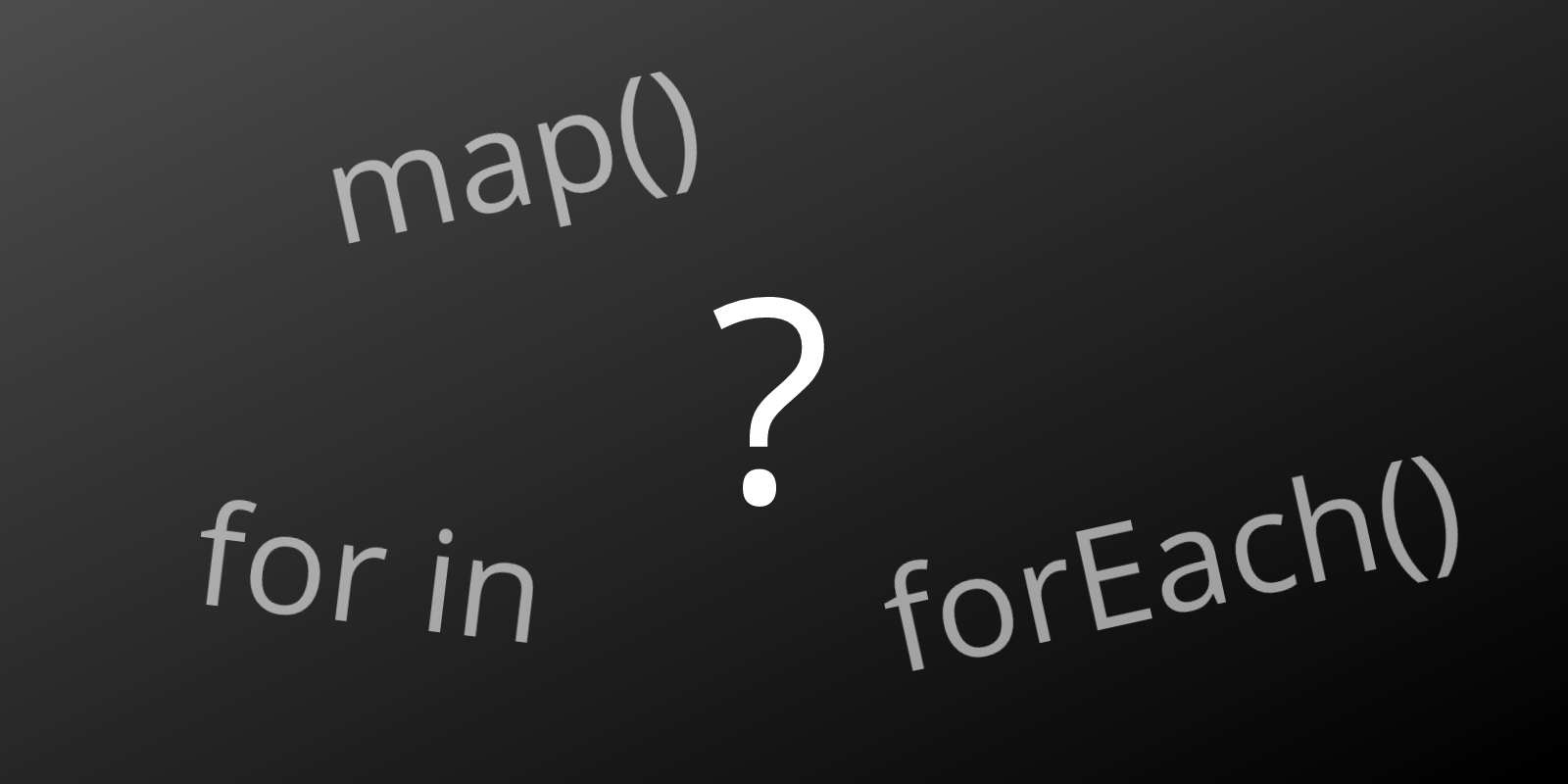
How to iterate?
Probably when you want to iterate through an array of the elements, your first thought is: for. But there are more than one method to tackle that situation.
The most popular solutions are:
Which one is the fastest?
This post on Twitter inspired me to do the test.
Testing the approaches
The tests include one, large array.
let arrayLength = 10_000_000
var numbers = [Int]()
for index in 1...arrayLength {
numbers.append(index)
}
Each test method includes just iterating through that array using one of the previously mentioned approach. The winner is the method which will pass the test in the smallest amount of time.
func testForIn() {
measure {
for _ in numbers { }
}
}
func testForEach() {
measure {
numbers.forEach { _ in }
}
}
func testMap() {
measure {
_ = numbers.map { _ in }
}
}
The complete repository can be found here.
Test environment
- Device: MacBook Pro (15-inch, Mid 2015, 2.2GHz Intel Core i7, 16GB RAM)
- OS: macOS High Sierra 10.13.4
- Swift: 4.1
- Array length: 10,000,000
Test results
| Variant | Average duration |
|---|
map() | 1.227 sec |
for in | 1.892 sec |
forEach() | 2.135 sec |
map() is the fastest, forEach() is the slowest.
Conclusions
map() is the fastest so if you really need the best performance - use it!forEach() and for in invoke closure on each element in the sequence in the same order, map() works differently and this probably impacts mostly on the performance- Readability first, so I will prefer
for in or forEach() instead of map() for typical situation. It is useful especially when you cooperate with many people on the same codebase to minimize questions about the code during reviewing.